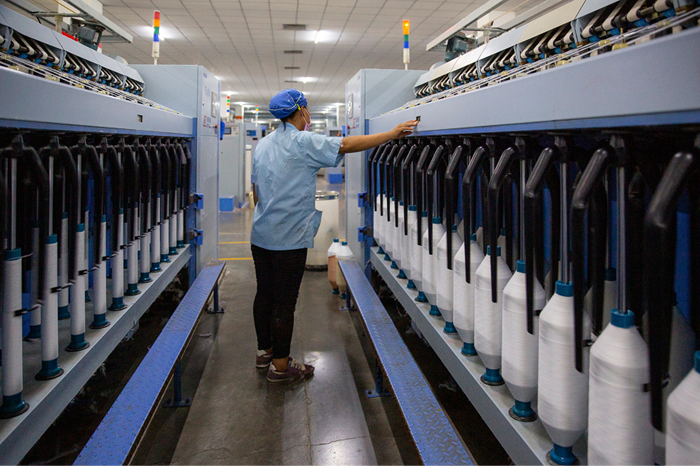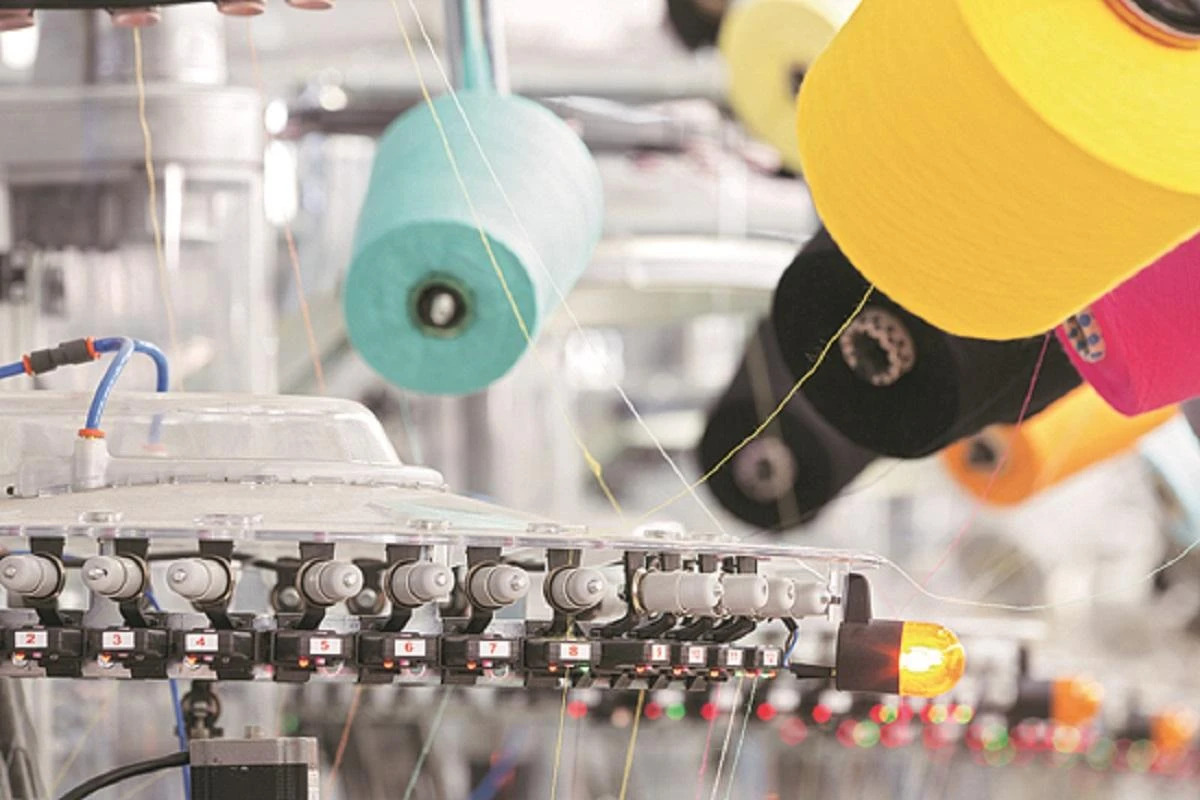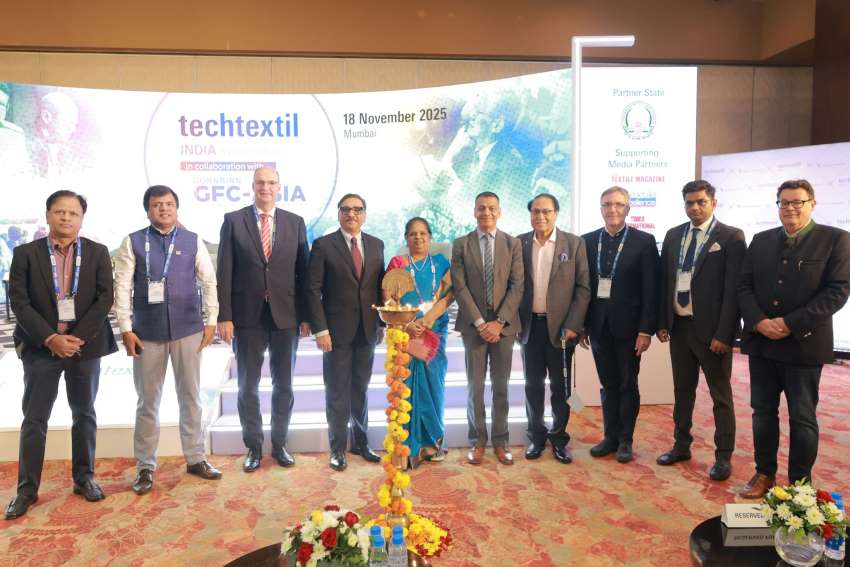Big retail chains in the US are struggling with fast fashion. Retailers have spent years cutting costs by moving production to Asia and placing huge orders for merchandise. Currently, they aren't in the best position to make broad changes to their supply chain as consumers are spending less of their income on apparel.
The stakes are high to make fast fashion work. A rapidly changing assortment of trendy clothes helps drive customers into stores, and potentially stave off the encroachment of online retailers. In the last couple of years, people started realizing have to speed up. As consumers jump from one trend (and brand) to the next faster than ever, US retailers are collectively being forced to pivot away from the traditional model, which values low costs above all else. The methods they’ve adopted vary widely.
For now, few US retailers can match the fast-fashion prowess of European competitors such as Inditex and H&M. These companies pioneered the model by taking flexibility to the extreme, via airlifted merchandise, small order sizes and an accelerated design process.
A transition to fast fashion is also complicated by the fact that most US retailers depend on suppliers, while a company like Zara is vertically integrated -- allowing more control from start to finish. That means, for US apparel vendors, the acceleration has to occur across multiple companies.
Fast fashion trips US retailers
- 1
- 2
- 3
- 4
- 5
- 6
- 7
- 8
- 9
- 10
Threads of Labor and Steel: The human-machine ecosystem powering India’s textile…
India generates nearly eight million tonnes of textile waste every year, placing the country at the center of the global... Read more
Hanging by a Thread: US Tariffs cripple Indian textile exports, orders drop 70%
India’s textile and apparel industry is facing an unexpected mid-cycle rupture that is reshaping the sector’s economics far faster than... Read more
Sourcing's new compass, navigating apparel's great migration beyond Asia
The global apparel sourcing business is redefining the metrics of success beyond traditional labor costs. Led by geopolitical risks, consumer... Read more
No A-Grades for Climate: What the fossil-free fashion scorecard reveals about in…
For years, the global fashion industry has promised a cleaner, greener future but 2025’s Fossil-Free Fashion Scorecard by STAND.earth offers... Read more
Wired Threads: How India’s textile backbone is powering the smart apparel future
India’s huge textile industry, long celebrated for its command over cotton and competitive manufacturing scale, is going through a foundational... Read more
The New Core Competency: How sustainability and advanced fabrics are driving Ind…
The SportTech Pavilion at Techtextil India, hosted by Concepts N Strategies, concluded with a unanimous declaration: for India to successfully... Read more
New EU import rules set to raise prices for Shein and Temu, boosting European re…
Europe’s fashion and textile scenario is on the verge of its most consequential structural shift in over a decade. The... Read more
Global apparel trade rebalances in 2025 as Europe rises, Asia stumbles: Wazir Ad…
As the global apparel economy enters the final quarter of 2025, trade flows across major markets reveal a sector facing... Read more
Tariffs, turbulence and tenacity, India’s textile sector finds new strength
India’s textile and apparel export sector is showing a remarkable capacity to adapt and thrive in one of the most... Read more
Future Fiber Demand and the Chemical Recycling Imperative: Global industry eyes …
The global textile industry is entering a period of exponential growth and profound technological transformation, according to key figures speaking... Read more












